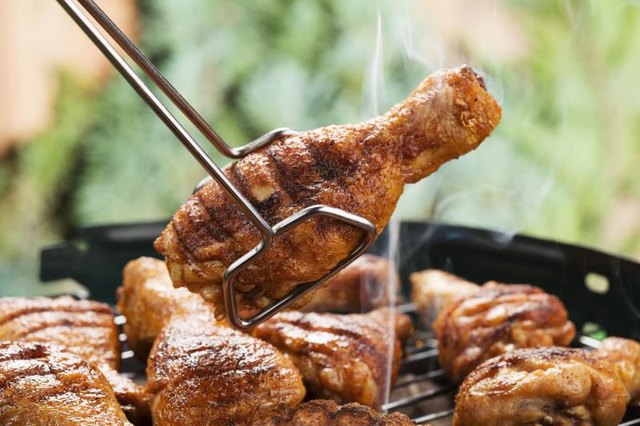Title
Vibro-dynamic compression processing of low-density wood-cement composites
Author
Carlos Frederico Alice Parchen, Setsuo Iwakiri, Florian Zeller, José Guilherme Prat
Vibro-dynamic compression processing of low-density wood-cement composites
Author
Carlos Frederico Alice Parchen, Setsuo Iwakiri, Florian Zeller, José Guilherme Prat
European journal of wood and wood products 2016 v.74 no.1 pp. 75-81
Abstract
This work evaluates physical and mechanical characteristics of low-density wood-cement composites manufactured in a new method on a laboratory scale. The samples were molded with two different commercially available brands of Portland cement and wood particles generated from branches and trunks of pine (Pinus spp.) trees. The wooden particles were pre-treated with a calcium hydroxide suspension. The used Portland cements (CP II-Z) were both modified with a super-plasticizer additive and a booster grip. The composites were molded by vibro-dynamic compression into cylindrical and prismatic sample composites without the application of piezzo-metric action. After 28 days of air curing, density, axial compressive strength and perpendicular tensile strength of the samples were measured. Both brands of Portland cement provided proper agglutination of the pre-treated wooden particles. The wood-cement composites were well compressible under the vibro-dynamic procedure—conferring a low density to the final wood-cement composite with adequate physical and mechanical properties. The composites met and confirmed the relevant standard performances.
For further details log on website :





















